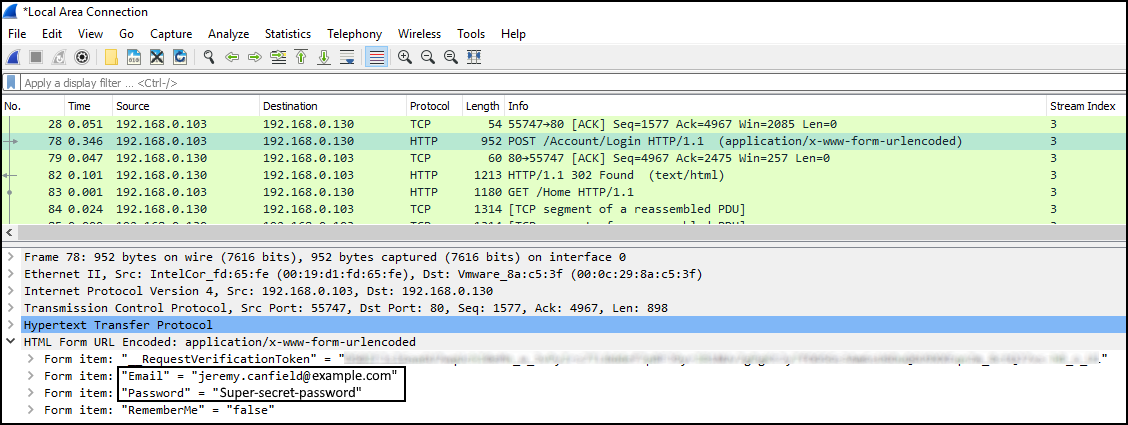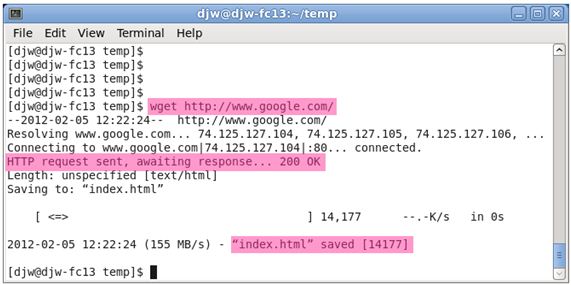

You use a Public Key Infrastructure like RSA that.Will not allow you to decrypt the traffic, specifically when using:Ī TLS session is possible provided you meet the following conditions: ĭoes it work for all TLS communications? No ! That your analysis device sees the setup of the SSL/TLS session, it will beĭetailed procedure, please refer to this page on Wireshark. Open the RSA Keys List by clicking on Edit.The private key into Wireshark in PEM/PKCS format. Versions will allow you to decrypt the session using the server private key. How-to decrypt the SSL/TLS session with Wireshark?

In some cases, Wireshark will handle it, in otherĬases it will not. Will clarify what you can and cannot decrypt and what information is stillĪvailable to you when SSL/TLS traffic cannot be decrypted.Ĭan you decrypt SSL/TLS traffic with Wireshark? Yes and No. Wireshark more complex than it used to be.

Security (TLS) to ensure they are secured. Internet traffic is now encrypted and internal applications also commonly useĮncryption that is based on Secure Socket Layer (SSL) or Transport Layer If you missed, “ 3 Things You Should Know About HTTPS, SSL or TLS traffic with Wireshark”, please visit Lovemytool Note that all of the packets for this connection will have matching MAC addresses, IP addresses, and port numbers.This is the second blog in a three part series. Notice that it is a dynamic port selected for this HTTPS connection. Expand Transmission Control Protocol to view TCP details.Notice that the destination address is the IP address of the HTTPS server. Notice that the source address is your IP address. Expand Internet Protocol Version 4 to view IP details.You can use ipconfig /all and arp -a to confirm. The destination should be your default gateway's MAC address and the source should be your MAC address. Observe the Destination and Source fields.Expand Ethernet II to view Ethernet details.Notice that it is an Ethernet II / Internet Protocol Version 4 / Transmission Control Protocol frame. Observe the packet details in the middle Wireshark packet details pane.The first three packets (TCP SYN, TCP SYN/ACK, TCP ACK) are the TCP three way handshake. Observe the traffic captured in the top Wireshark packet list pane.Activity 3 - Analyze TCP Connection Traffic Edit


 0 kommentar(er)
0 kommentar(er)
